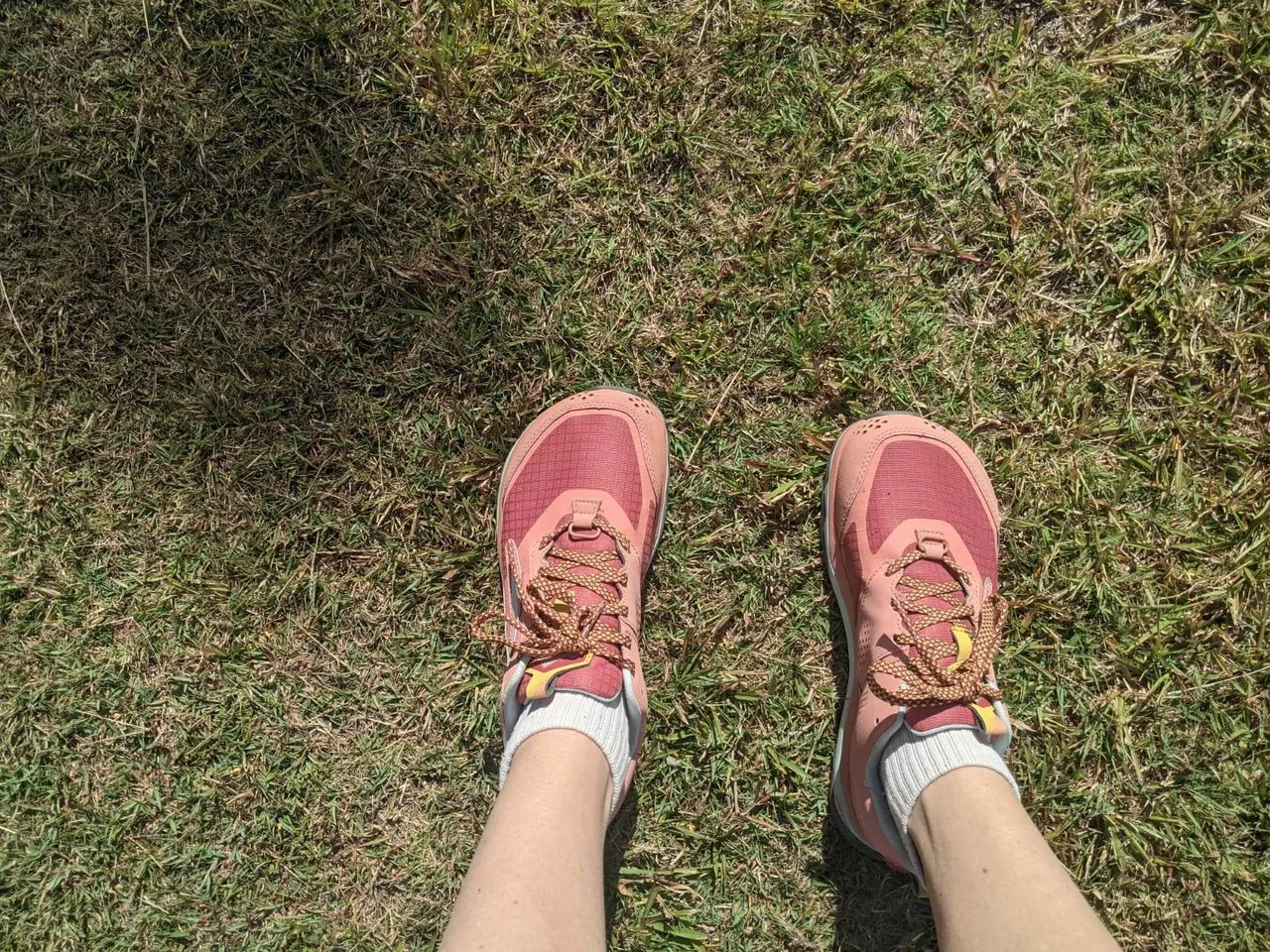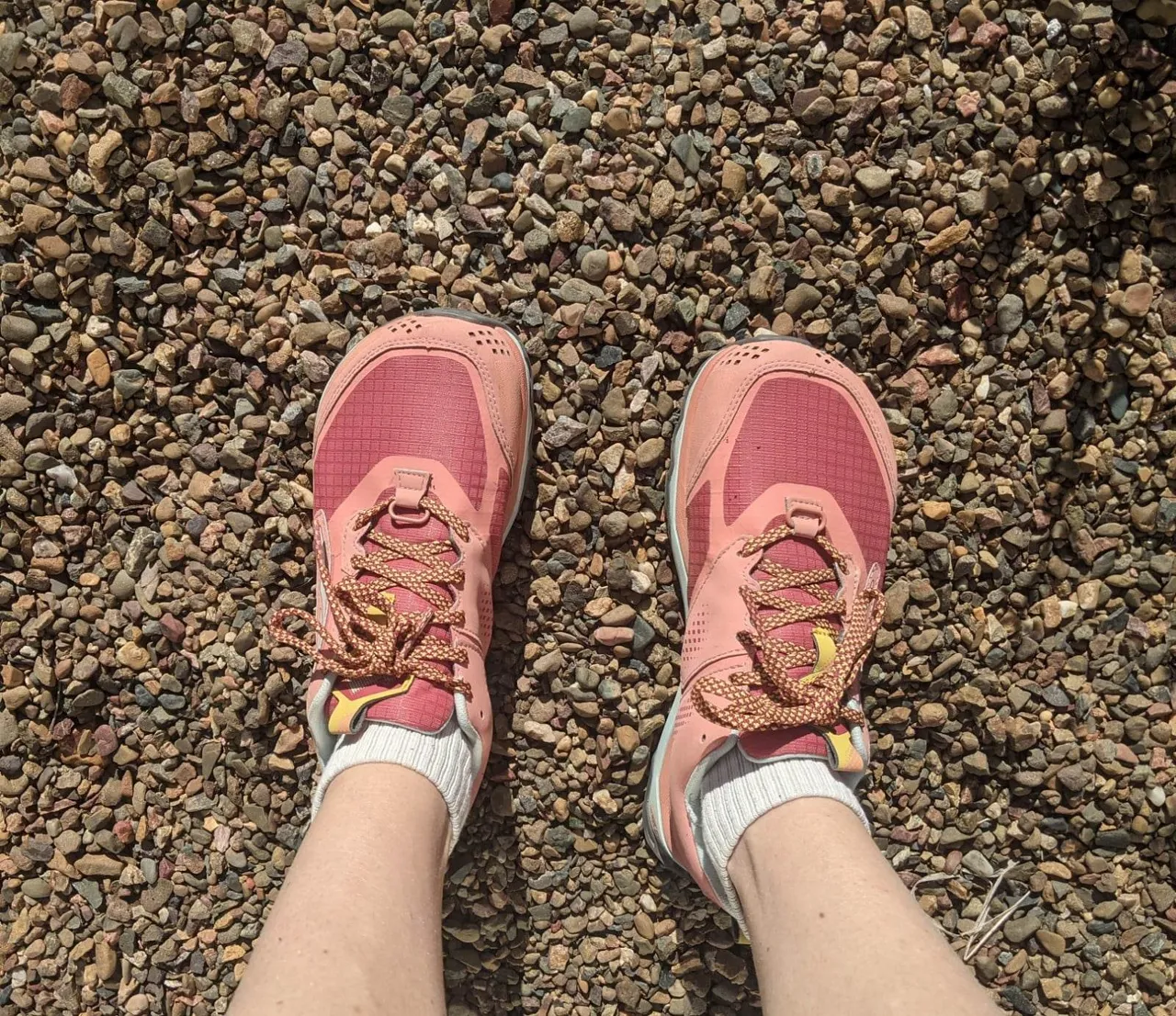13 years ago I read a book called "Born To Run". It caused me to radically rethink my relationship with footwear and the way I choose to interact with the ground.
While I could write a many thousand-word essay on all the thoughts and feelings and experiences I have and have had around this topic, I want today's post to be short.

So, to give you a very brief version:
In 2009 I did my first 100km ultra-marathon. I did them in "normal" running shoes, i.e. shoes with a narrow toe box, cushioning, arch support, motion control... and my specially-made orthotics inside.
I finished the race with my feet covered in blisters and I didn't even think about running for an entire month afterwards.
Somewhere in that mess a friend, a man I admired, who had done this ultra with me, told me to read Born To Run and I did. It changed everything.
I bought myself a pair of Vibram Five Fingers (think rubberised gloves but for your feet) and I started the transition across to a more 'barefoot' way of running.
Over the many years since then, I've walked and run in a lot of different styles of shoes. It didn't take me long to ditch the orthotics altogether and I've never had plantar fasciitis since. (PF was the reason I was given the very expensive orthotics in the first place).
Until about a month ago I owned five pairs of very minimalist running shoes, all slightly different styles and several different brands. But they all with little-to-no cushioning, little-to-no arch support, no heel drop and wide toe boxes so my toes can do what toes are support to do - splay and be a powerful support when we push off during our running.
But I'd been wondering if I might get something with a little bit of a rock plate or some kind of protection for the underside of my feet since my new home parkrun is on rocky trails.
I spotted a pair of Lone Peak Altra shoes in a Facebook group where people sell running stuff. They were my exact size, in very good condition (i.e. barely worn), for $50 plus postage. Since these sorts of shoes are sold retail for about $200 a pair I was ready to snap them up. So I did. I figured if they were no good for me then I could easily resell them for the same amount or more.

I finally got my hands on them yesterday when we went to pick up our packages post-extended holiday. Yes, they have the wide toe box I wanted and they're a great size, and they have about half an inch stack height (cushioning) that the photos suggested but I'm so not used to cushioning anymore that as soon as I put them on it felt like I was walking on a trampoline.
Weird.
We've been, as humans, lured into wanting to be comfortable. But science has clearly demonstrated that shoes with more cushioning lead to more injuries. Why? Because if we can't feel the ground we land even harder.
It's not hard to imagine; we have all this cushioning that makes running feel wonderfully easy so we get sloppy with our technique, with tune out and we unconsciously slam our feet into the ground. Repeat that by 1000 times every run, or 5000 times, or 10,000 times and you, unsurprisingly, get injuries.
Back to my new shoes.
I took them out for a run today in the rocky, challenging, technical terrain that is the bush near our house. And I soon realised something I was not expecting:
I feel like joy when I can't feel the ground.
Weird, hey? Here I was thinking, "Oh, it will be good to have a little bit more protection from the very sharp rocks under my feet," and "Oh, it will be nice to be able to run on wet grass after it's rained and not immediately have saturated socks and soggy feet while I'm running." And those things will still be true; I get those benefits from these slightly raised shoes.
But I'm kind of surprised. I think I've hit another level of conscious awareness in my relationship with the earth. Because I genuinely feel better when I can feel the ground.

{All photos are of me, by me, courtesy of my Google Pixel 2XL phone.}